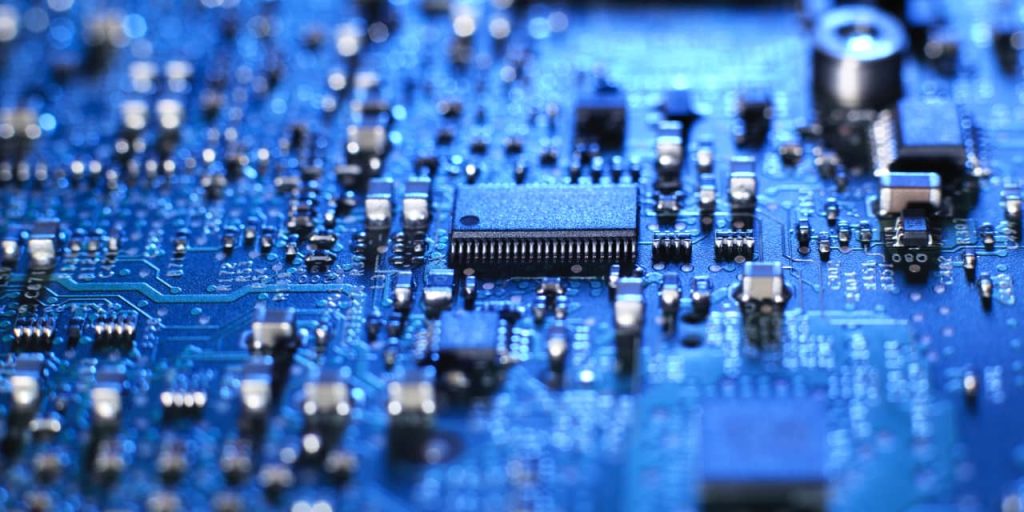Arm Holdings is now firmly among the hottest artificial-intelligence stocks in the U.S. market. It’s a success which validates the choice to take the chip designer public last year at a hefty valuation but raises the question of how far it can go.
Arm
shares were down 1.4% in premarket trading on Friday at $112.39. That means it’s on track to keep a hold of the vast majority of the gains it made on Thursday, when it rose 48% following an earnings report that blew forecasts out of the water.
Before Arm’s IPO at $51 a share in September, there was plenty of skepticism –including from Barron’s– about how much the British company would be a beneficiary from AI spending. Its specialism in licensing designs for central processing units, or CPUs and heavy exposure to the smartphone market didn’t seem to fit with the early AI emphasis on graphics processing units produced by
Nvidia
and others for data centers.
That narrative has now shifted. Premium smartphones are now coming with AI capabilities and requiring Arm’s latest chip designs, which increases the royalty rates it receives. The company is also making headway in other areas such as cloud servers and the automotive sector.
“We believe that as AI proliferates across multiple end markets there is a growing requirement for more compute power/intellectual property and [that] benefits Arm,”
J.P. Morgan
analyst Harlan Sur wrote in a research note on Thursday.
Sur raised his target price on Arm to $100 from $70 and kept an Overweight rating on the stock. Arm’s stock has already outrun that target and the rest of Wall Street. The average analyst target price on the stock is $91.49 according to Wall Street.
Further gains for Arm will likely depend on the extent to which its chip designs are licensed for AI uses beyond smartphones. Reuters reported last year that Nvidia and
Advanced Micro Devices
were developing their own Arm-based processors for Windows PCs which could start shipping in 2025. If the future of AI is processing on devices, then Arm should win big.
But there a couple of big caveats. Arm is still more than 90% owned by Japan’s
SoftBank Group.
While that provides some support for the price, it also means that moves can be exaggerated by the relatively small amount of shares available for trading. Arm’s trading volume on Thursday was 106.5 million, compared with a public float of just over one billion shares and its 65-day average trading volume of 8.4 million shares.
The IPO lockup period, which prohibits company insiders from selling the stock, is due to expire on March 12.
Meanwhile, Arm’s valuation is eye-popping. The stock now trades at a trailing price-to-earnings valuation of 223 times, according to FactSet. On a forward price-to-earnings basis, it trades at a multiple of around 79 times. Nvidia has shown how such multiples can compress quickly with multiple earnings beats but it still sets a high bar.
Arm also has to show it can fend off the threat from open-source RISC-V chip architecture, which could pressure its ability to keep raising licensing fees.
Arm is now firmly in the magic circle of AI winners. That’s not a guarantee it will stay there.
Write to Adam Clark at [email protected]
Read the full article here















